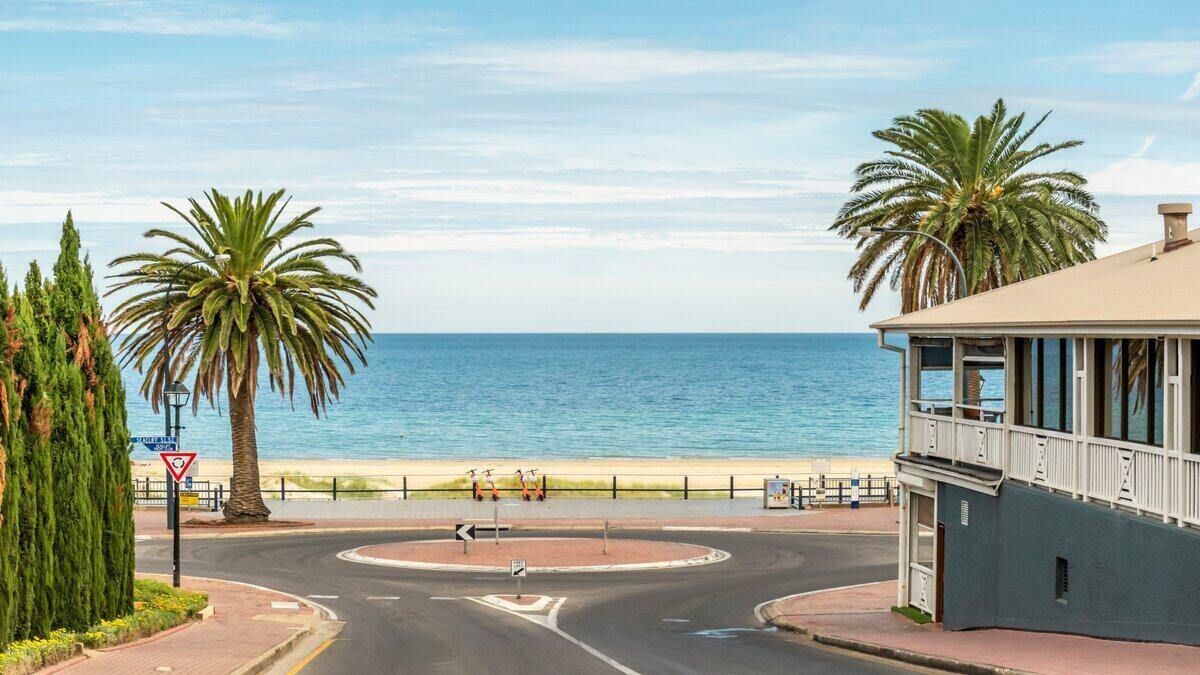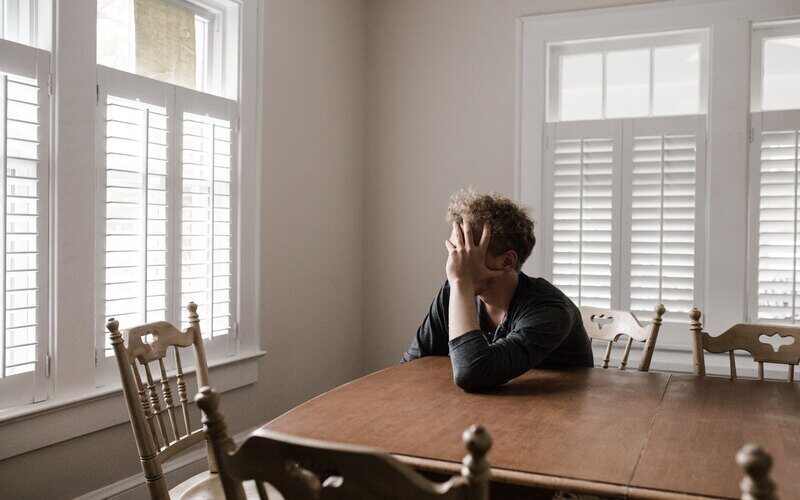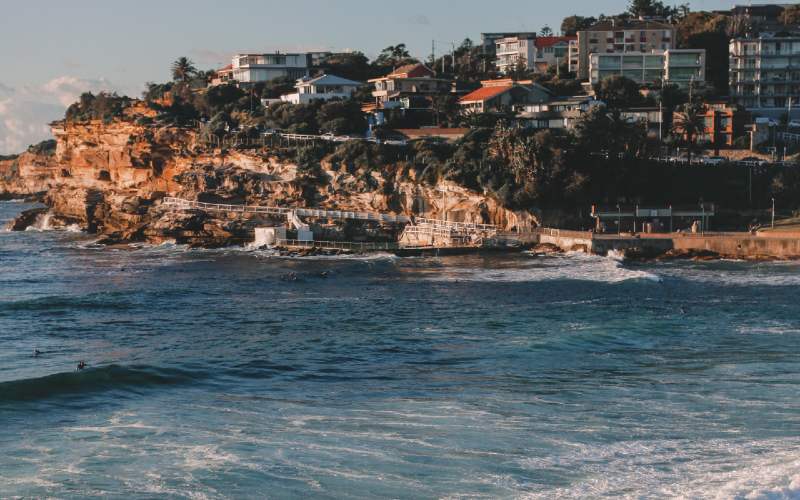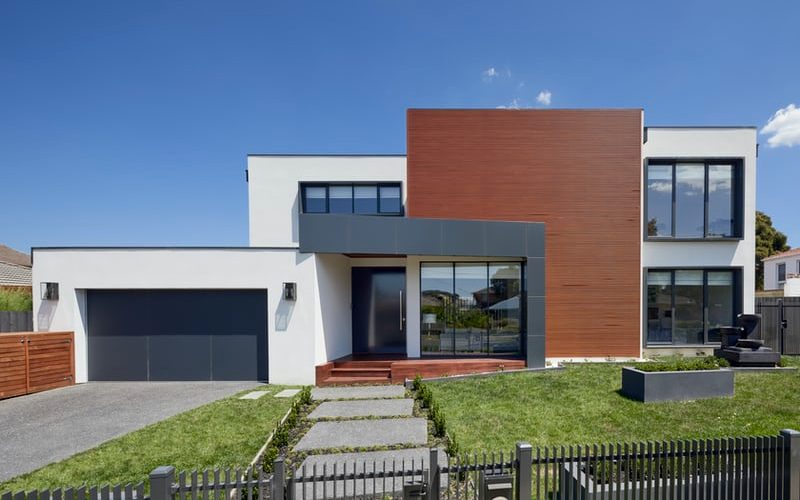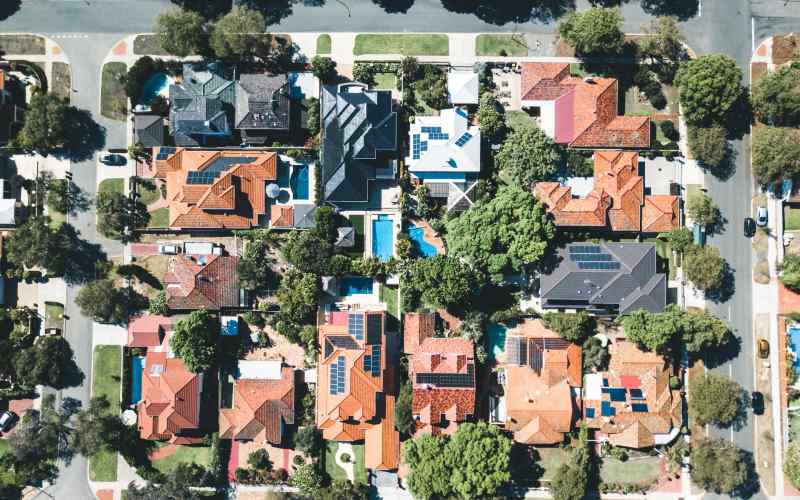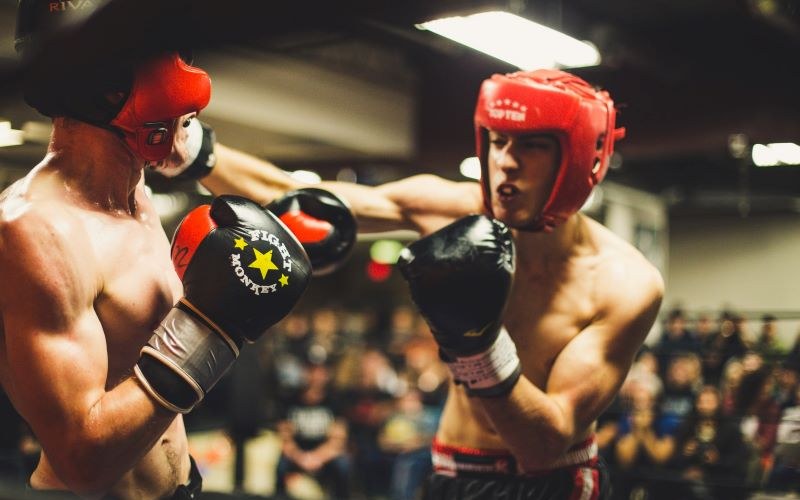Domain rental vacancy rate data released on Wednesday shows vacancy rates are the highest in apartment-heavy inner Melbourne and Sydney, with vacancy rates as high as 14.4% in Melbourne City.
Melbourne's overall vacancy rate rose to 4.8% in November, from 4.7% a month earlier. This marks the highest rental vacancy rate in the country and comes after the city emerged from the toughest COVID-19 lockdowns in Australia.
Sydney's overall vacancy rate rose to 3.4% in November from 3.3% the month before, while Brisbane's rental vacancy rate fell slightly to 1.9%.
Buying a home or looking to refinance? The table below features home loans with some of the lowest variable interest rates on the market for owner occupiers.
| Lender | Home Loan | Interest Rate | Comparison Rate* | Monthly Repayment | Repayment type | Rate Type | Offset | Redraw | Ongoing Fees | Upfront Fees | Max LVR | Lump Sum Repayment | Extra Repayments | Split Loan Option | Tags | Features | Link | Compare | Promoted Product | Disclosure |
|---|---|---|---|---|---|---|---|---|---|---|---|---|---|---|---|---|---|---|---|---|
5.54% p.a. | 5.58% p.a. | $2,852 | Principal & Interest | Variable | $0 | $530 | 90% |
| Promoted | Disclosure | ||||||||||
5.49% p.a. | 5.40% p.a. | $2,836 | Principal & Interest | Variable | $0 | $0 | 80% |
| Promoted | Disclosure | ||||||||||
5.64% p.a. | 5.89% p.a. | $2,883 | Principal & Interest | Variable | $250 | $250 | 60% |
| Promoted | Disclosure | ||||||||||
5.64% p.a. | 5.89% p.a. | $2,883 | Principal & Interest | Variable | $248 | $350 | 60% |
| Disclosure |
Domain's Senior Research Analyst Dr Nicola Powell said the inner-city areas of Melbourne, Sydney, Brisbane and Adelaide continue to be rental weak points.
"These are areas that have a high level of overseas migration and student population, with a significant proportion of the rental demand sourced from overseas," Dr Powell said.
"These are also areas that have a greater exposure to the industries most vulnerable to the job losses associated with the pandemic."
Renters in Sydney are spoilt for choice, with an estimated 21,800 vacant rental listings at the end of November – up 3.9% from October.
In Melbourne, over 27,000 rentals became available by the end of November, despite the complete elimination of COVID and a significant reopening of the Victorian economy over November.
See also: Now that it's a renters market, should you take advantage and find a new rental?
"The effects of the pandemic have decimated Melbourne’s inner city market," Dr Powell said.
"The number of vacant rentals soared in Melbourne during stage four lockdowns and continued to rise as restrictions began to ease.
"The more substantial lift in vacant Sydney rentals is likely due to the seasonal influence as the rental market edges closer to the typical tenant changeover period. This seasonal effect may not be as pronounced in Melbourne given the recent COVID-19-induced rental hiatus."
The sharpest rise in vacant rental listings came from inner-city Melbourne, including the regions of Stonnington – West, Whitehorse – West, Boroondara, Brunswick – Coburg and Port Phillip.
Capital city rental vacancy rates – November 2020
| Nov-20 | Oct-20 | Nov-19 | Monthly change | Annual change | |
| Sydney | 3.4% | 3.3% | 2.9% | ↑ | ↑ |
| Melbourne | 4.8% | 4.7% | 1.8% | ↑ | ↑ |
| Brisbane | 1.9% | 2.0% | 2.3% | ↓ | ↓ |
| Perth | 0.8% | 0.8% | 2.2% | – | ↓ |
| Adelaide | 0.8% | 0.7% | 1.0% | ↑ | ↓ |
| Hobart | 0.5% | 0.6% | 0.5% | ↓ | – |
| Canberra | 0.7% | 0.9% | 1.3% | ↓ | ↓ |
| Darwin | 0.9% | 0.7% | 4.8% | ↑ | ↓ |
| National | 2.1% | 2.1% | 1.9% | – | ↑ |
In other parts of the nation, it's a different story altogether.
Hobart and parts of South Australia have some of the lowest vacancy rates in the country as people flee the capital cities.
"The pandemic has brought upon an abundance of demand for people seeking greater space and laidback lifestyle, as working from home becomes more accepted in our workplaces," Ms Powell said.
"This is likely to place rental demand across lifestyle regions close to the water, tree-change regional areas and on the outskirts of the capital cities."
Hobart's overall vacancy rate fell to 0.5% with some parts of the city recording vacancy rates as low as 0.1%.
If you're looking for a rental in South Australia's Marion and Tea Tree Gully you won't have much to choose from, with a vacancy rate of just 0.2%.
Renting nearly impossible for those on JobSeeker
Despite rental affordability looking good overall in some cities, for Australia's poorest it's a different story.
While the JobSeeker supplement has slightly improved rental affordability for Newstart households, recipients are still facing moderate to extreme rental stress nationwide, according to the Rental Affordability Index (RAI) released yesterday.
Despite rents falling and vacancies rising, the index found rental affordability has worsened for about 755,000 new JobSeeker recipients who are spending between 42% to 69% of their incomes on rent in every capital city.
According to the research, a single person on JobSeeker could not afford to rent in a single place across the whole country.
“As the Victorian Government has now done, there is a massive need for government investment in social and affordable housing – and now is the time for it since borrowing costs are so low in Australia, National Shelter Executive Officer Adrian Pisarski said.
"Without investment in this space, we are ignoring our responsibility to help people be decently housed."
Photo by Soheb Zaidi on Unsplash

Ready, Set, Buy!
Learn everything you need to know about buying property – from choosing the right property and home loan, to the purchasing process, tips to save money and more!
With bonus Q&A sheet and Crossword!
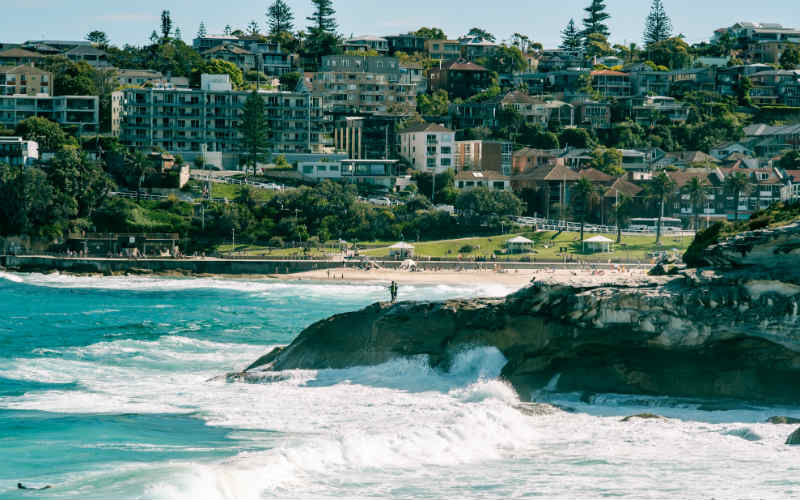






 William Jolly
William Jolly
 Harry O'Sullivan
Harry O'Sullivan